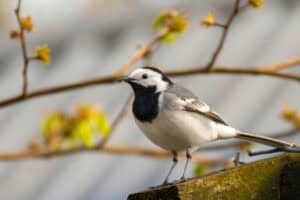There are a lot of advantages to growing vegetables in containers and that is especially true in winter.

Containers that are sheltered from cold draughts and receive plenty of sun can be extremely productive. This makes the most sense in Gauteng and other cold areas where there is frost. Growing veggies in containers allows one to make the most of the sun and they can be shifted around to always be in the best position.
At this stage of winter, it is safer to plant seedlings (from garden centres) directly into the containers. Seedlings of spinach and Swiss chard, loose leaf lettuce, Asian vegetables (mizuna, tatsoi, pak choi), and radishes should be available. Also look out for mature cut-and-come again leaf lettuce, like the “Simply Salad” range that can be transplanted into larger pots and harvested immediately.
The “Alfresco” mix consists of red and green loose-leaf lettuce while the “Gourmet” includes Asian greens like mizuna and pak choi. Broccoli and cabbage can also be grown in containers, but these needed to have been sown in February or March so that they are well established by now. Broccoli plants have quite a vigorous root system and will do best if potted up individually in 30cm (diametre) containers. Containers must have drainage holes and be wide and deep enough, especially for vegetables such as carrots.
Pots, even plastic ones, can be expensive so look around for other less conventional containers. Old wheelbarrows, buckets, kitchen pots with holes, and car tyres can be just as effective. Plastic tubs from the supermarket can be used for growing shallow rooted vegetables. Use a soldering iron to make holes in the bottom of the tub for drainage.
When it comes to the potting mix, however, don’t be tempted to economise. Make a really good mix and your vegetables will reward you for it. Also, don’t use garden soil because it becomes too compact and doesn’t drain well enough. A good mix for growing vegetables in containers is one bucket well rotted compost, one and a half buckets good quality potting soil (Culterra professional mix is recommended ) and half a bucket palm peat or vermiculite to improve water retention. Add a slow release organic fertiliser like Vita-Veg (6:3:4), vermicompost, or some “moo poo” (composted kraal manure).

Mustard greens, tatsoi and rocket,with calendula (edible petals) are delicious in stir fries, soups and salads.
It is a waste of time to incorporate bonemeal because this takes so long to break down that the vegetables will have finished growing before it becomes available to the roots.
Make sure the containers get as much sun as possible, at least five to six hours of sun a day. If it
is going to be very cold, cover newly planted seedlings with frost cloth at night until they are established.
Watering is a critical factor. Check the containers daily. The soil should be moist but never dry out. Foliar feed with a liquid fertiliser at half strength once a week.
Cover the surface with a light mulch of leaves or peanut shells. This protects the roots and the soil life. Regular watering with a watering can may compact the soil and mulch prevents this. It’s a good idea to use a soft nozzle on the watering can or hose.






